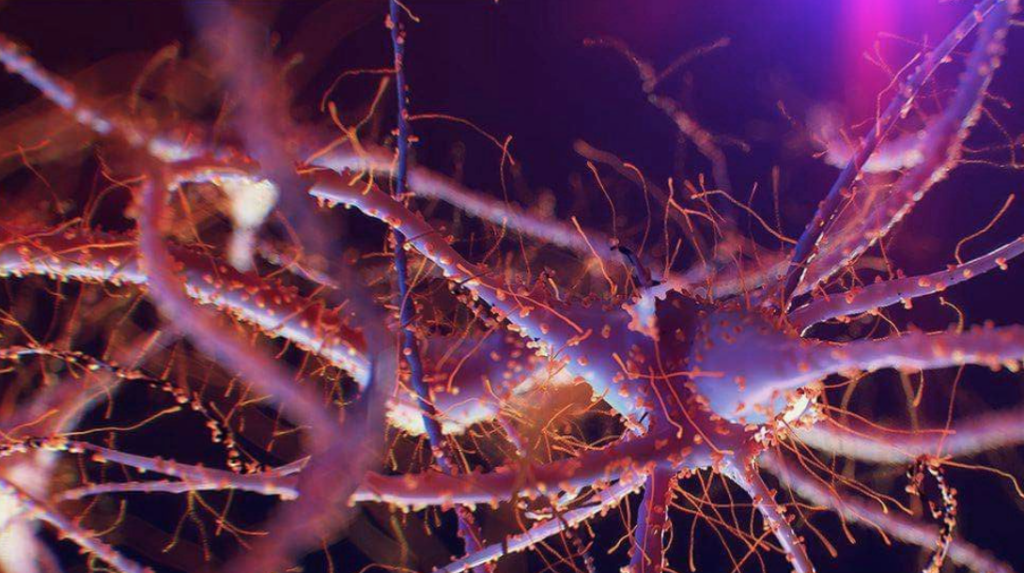We have a Central Nervous System and one arm of this is the Autonomic Nervous System.
The Autonomic Nervous System is divided into two main arms :
- The Sympathetic Nervous System (SNS)
- Parasympathetic Nervous System (PNS)
These arms work in harmony to regulate bodily functions such as heart rate, digestion, and respiratory rate. The SNS is often associated with the “fight or flight” response, while the PNS is linked to the “rest and digest” state.
From the moment we wake up until we fall asleep, the ANS is at work, tirelessly regulating countless physiological processes. In times of stress or danger, the sympathetic branch prepares the body for action by increasing heart rate, dilating pupils, and redirecting blood flow to vital organs. Conversely, the parasympathetic branch takes charge during restful periods, slowing down heart rate, promoting digestion, and fostering a state of relaxation.
The balance between the sympathetic and parasympathetic branches is crucial for overall health. Imbalances in the ANS can lead to various health issues, including hypertension, digestive disorders, and anxiety disorders. Understanding how to support and maintain the equilibrium of the ANS is essential for promoting well-being.
Focusing on how we eat – chewing food properly so the enzymes in the saliva support digestion and the gut brain – is as important as what we eat.
The ANS also plays a significant role in the mind-body connection. Practices such as meditation, deep breathing, and mindfulness can positively influence the ANS, promoting a state of relaxation and reducing stress. Exploring these mind-body techniques can empower individuals to take an active role in optimizing their autonomic function.
At Global Health Clinic our specialist in Multiple Brain Integration teaches you how to balance your Autonomic Nervous System for optimal health physical, emotionally, mentally and spiritually. Book now for an appointment.
Vivienne Berry.

